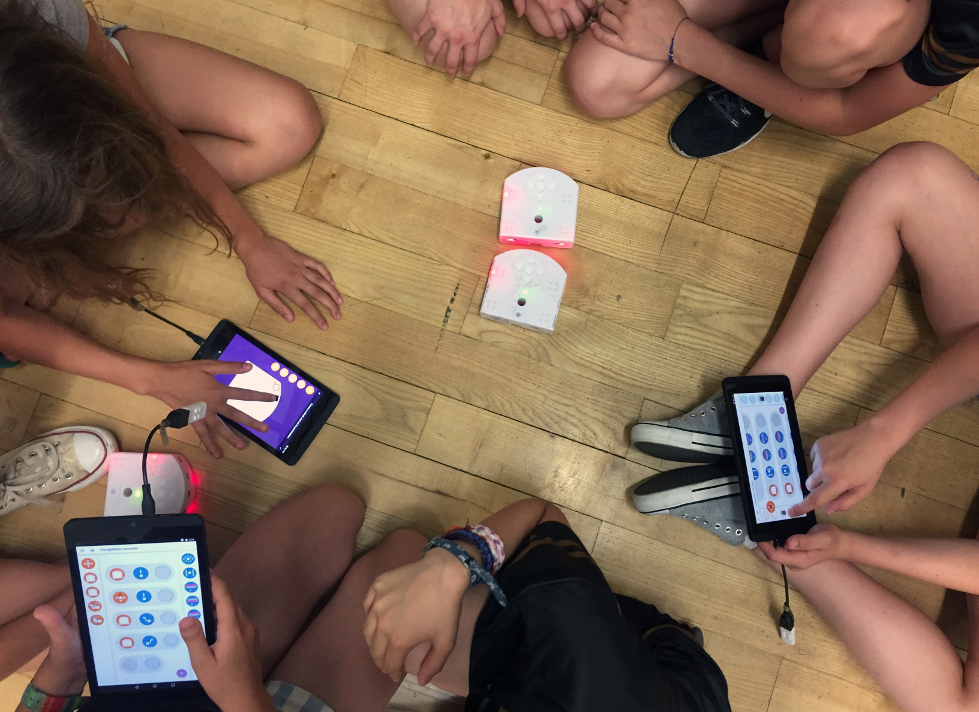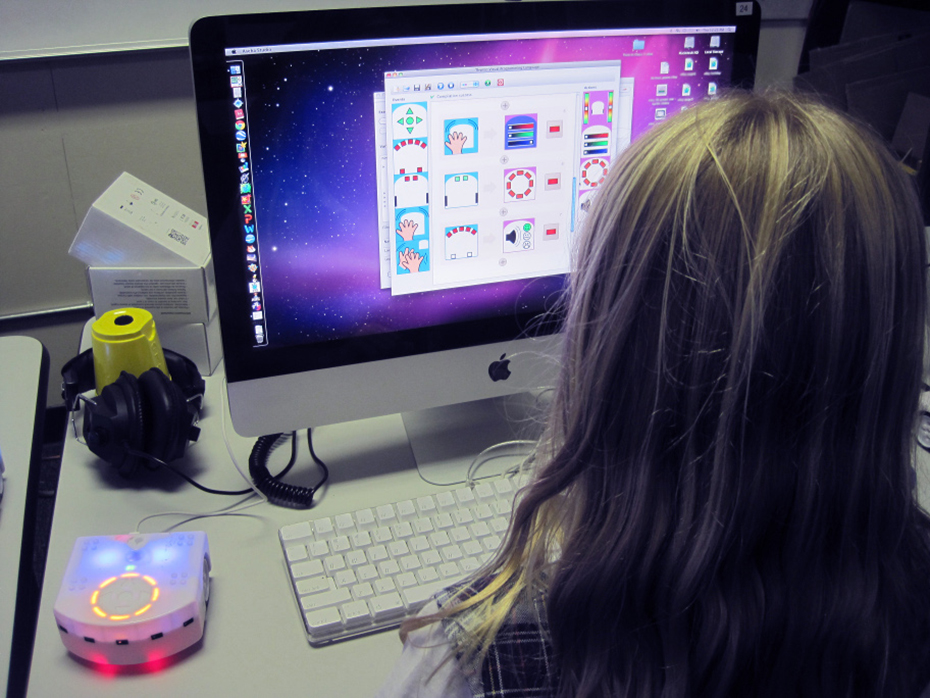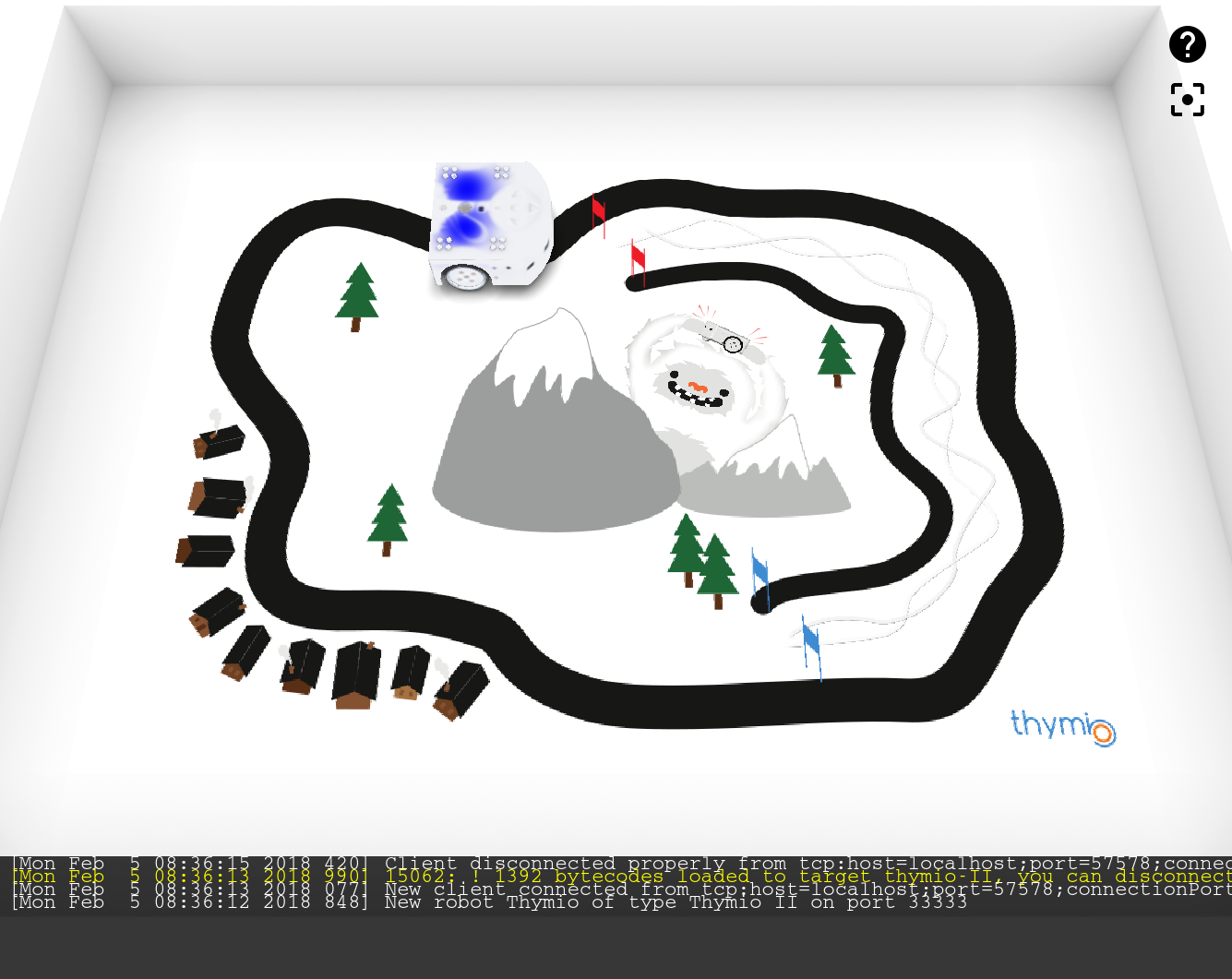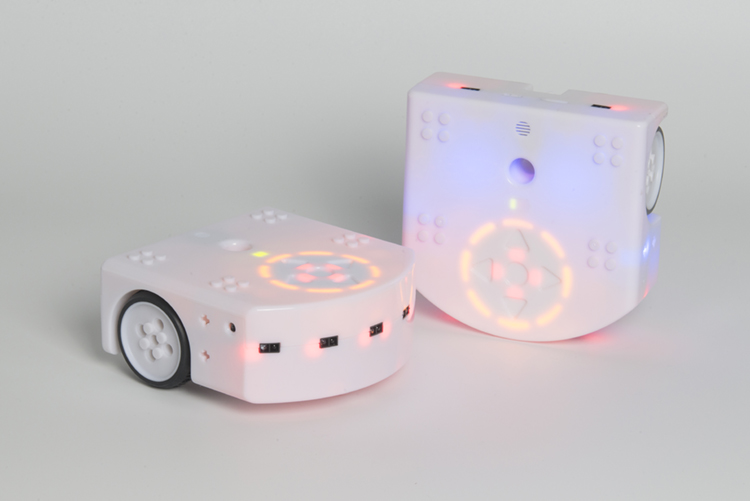Teaching 21st century skills the fun way
Computational thinking and programming skills are likely to become even more essential in the future. Dr Stéphane Magnenat and the Game Technology Center team at ETH Zurich are working on new ways to teach programming to children and make the experience enriching, creative and playful.

There is no doubt that we are living in an increasingly digitalised world. It’s hard to imagine performing such common actions as booking a hotel or buying a concert ticket without using a computer, be it a desktop, a laptop or a mobile device, such as a smartphone or tablet. But digitalisation affects our world much more profoundly than that. Fundamental pillars of our democratic society, such as voting, personal and medical data, and access to unbiased information are currently in the middle of the transition to a fully digitalised world. The resultant changes will be radical, for better or worse. To ensure that digital technology has a positive impact on society, it is critical that all citizens of tomorrow understand the basics, i.e. that they are skilled in what is sometimes known as computational thinking. Hence, it is very important to teach this skill in primary and secondary school, and not only in universities, which not everyone attends.
There are many means and methods of teaching this skill, involving computers, electronics or even games on paper. The key element, however, is the ability to program, i.e. to assemble a set of building blocks in a logical way to define a behaviour of processing and reacting to information. An ideal way for young children to learn how to do this is by programming mobile robots. Robots are physical objects whose behaviour can be explained in terms of movements and which feature sensors that perceive a tangible reality, so the information-processing logic is apparent.
Virtual robots provide real accessibility
Thymio is one such robot. Developed at EPFL by Professor Francesco Mondada’s team and marketed by the non-profit organisation Mobsya, this open-source product is very accessible, even to small children. A key element of Thymio is its visual programming language (VPL), which allows operators to define the behaviour of the robot by assembling icons representing real-world events and corresponding actions for the robot to perform. This language was created by Dr Stéphane Magnenat and his colleagues at Professor Roland Siegwart’s Autonomous Systems Lab at ETH.

Dr Magnenat, now based at the ETH Game Technology Center (GTC), recently announced the release of external page Aseba version 1.6, which provides the VPL component of Thymio. Aseba is an open-source software framework that allows beginners to program robots easily and efficiently. Conceived as part of Dr Magnenat’s thesis at EPFL, and further developed during his work at ETH, Aseba is the software core of the Thymio robot and is also available for other educational robots, such as the external page e-puck or the external page Elisa.
The highlight of this latest release is a robot simulator, featuring a virtual Thymio and e-puck. This allows children to start learning robotics and programming without the need for a physical robot. The simulator is based on the open-source robot simulator external page Enki, also developed by Dr Magnenat and his colleagues, with contributions from the Inria research institute in Bordeaux. EPFL and ETH, in a joint project, used this simulator to gamify how programming is learnt, by introducing the concept of structured tests as part of visually programming robots. This allowed to build an intelligent tutoring system, which guides students towards learning increasingly complex programming constructs. The study was described in a paper accepted at the ACM ITiCSE 2017, entitled “Improved mobile robot programming performance through real-time program assessment”. The paper can be viewed under external page this link.
A new way of learning to program
Thymio is a great tool for introducing children to programming. However, its physical nature limits its scalability, since it costs money to build and buy, and can only perceive and act based on what its sensors tell it and what its motors allow it to do. To overcome these limitations, Dr Magnenat and his colleagues at the GTC are working on the Game Creator – an interactive game-creation tool. This tool builds on the concept of augmented creativity, i.e. the use of augmented reality to foster creativity in children, which was originally developed by Professor Bob Sumner and his team at Disney Research Zurich. The combination of this concept with the programming capabilities of the Thymio VPL enables children to program their own video games visually and using their own images for game characters.

The Game Creator is currently in the prototype phase. Tests at the Biel/Bienne Festival of Photography in 2018 and on the fringes of the World Economic Forum in January attracted a lot of interest, demonstrating the potential of the technology. Consequently, the GTC is actively pursuing research in this area, linking it to personalised and adaptive tutoring. The Game Creator has been nominated for the 2019 ETH Spark Award, while a spin-off from the Autonomous Systems lab, external page Enlightware GmbH, founded by Dr Stéphane Magnenat, will commercially develop the concept. This will involve a complete redesign and rewrite, taking into consideration accessibility constraints, support on a wide range of devices and optimised energy consumption, among other key elements necessary for such a product. The objective is to make the Game Creator accessible to as many people as possible and thus enable a new generation of youngsters to learn the basics of programming and computational thinking in a creative way.
Aseba and Thymio

Aseba is the core software technology around which the Thymio® educational robot is built. This technology includes an interactive programming environment, a text programming language and a visual programming language (VPL). Aseba was originally created by Dr Stéphane Magnenat as part of his thesis while working with Professor Francesco Mondada’s MOBOTS Group at EPFL. It was further developed at ETH Zurich, with contributions from Inria, EPFL, Mobsya association, and various individuals. The visual programming language was created by Dr Magnenat and colleagues at the Autonomous Systems Lab of Professor Roland Siegwart at ETH. Mobsya, a non-profit organisation, was founded by Dr Magnenat and colleagues from the EPFL MOBOTS Group to support the development of the Thymio robot. It also provided financial support to ETH GTC for its work on Aseba.